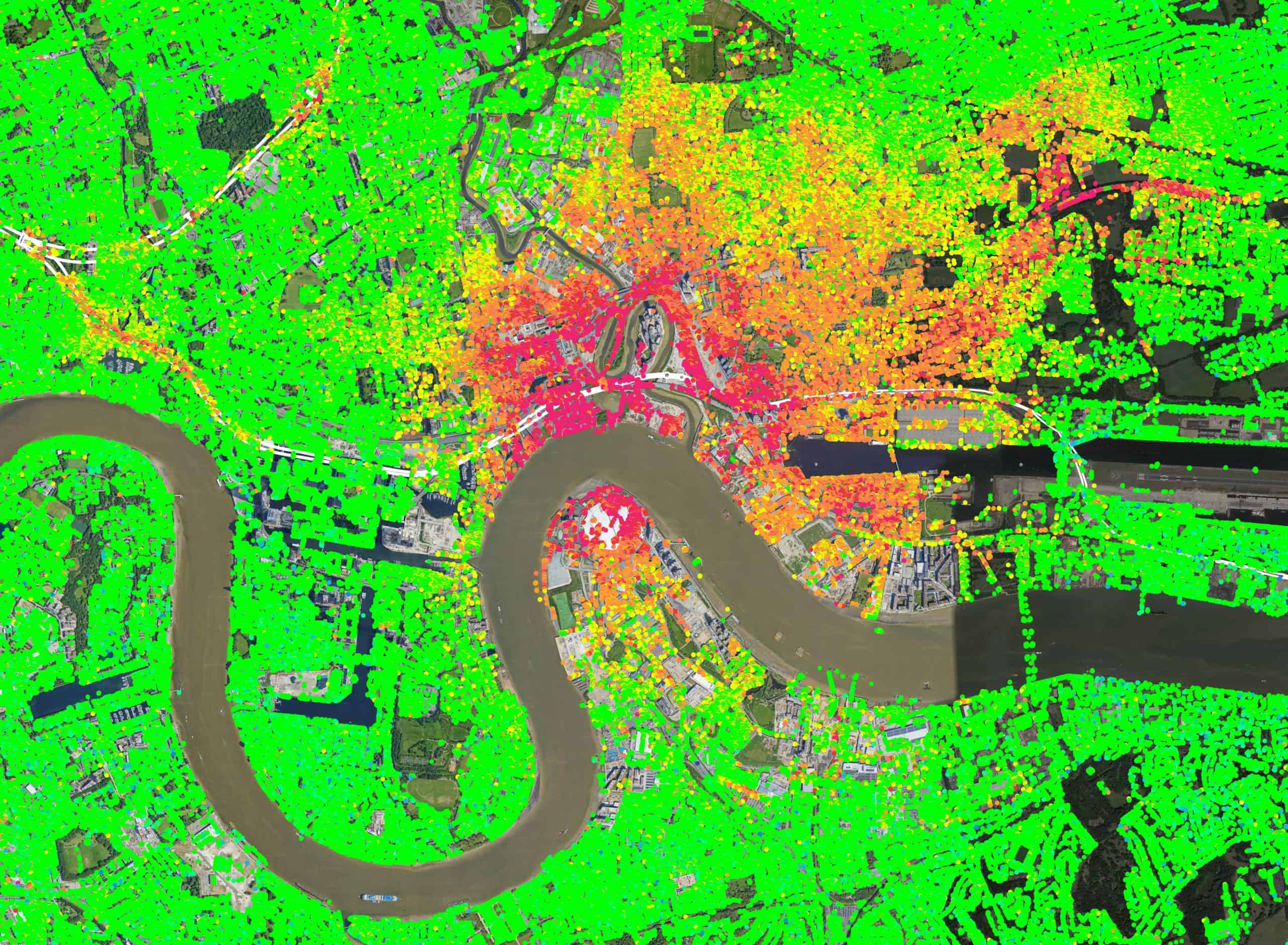Measuring ground motion from space
Thanks to InSAR technology (Interferometric Synthetic Aperture Radar), the Atlas satellite solution allows for millimetric-precision measurements of ground, buildings or construction sites.
Measurements obtained from satellite cover vast areas without an on-the-ground intervention.
They provide a detailed analysis of the deformations on the terrain, which can be due to works carried out on it or other such events, understanding of the impacted area.
